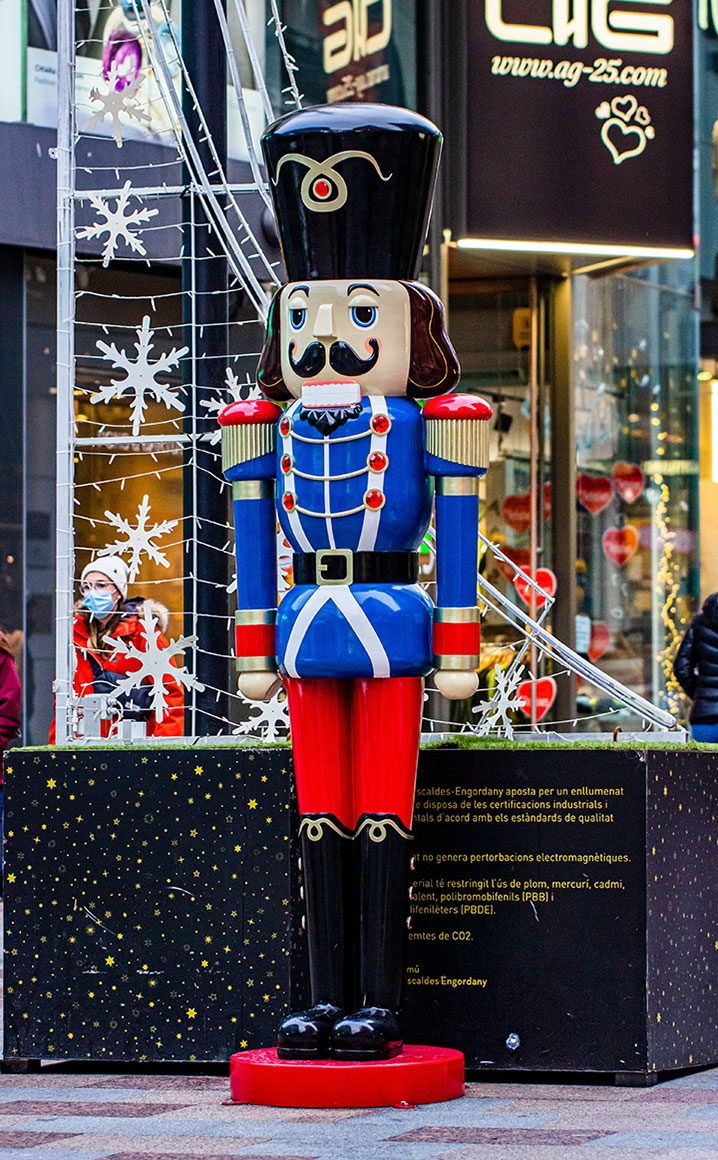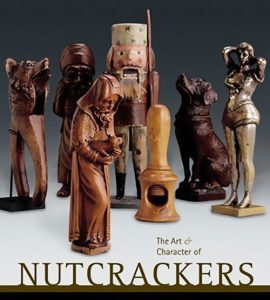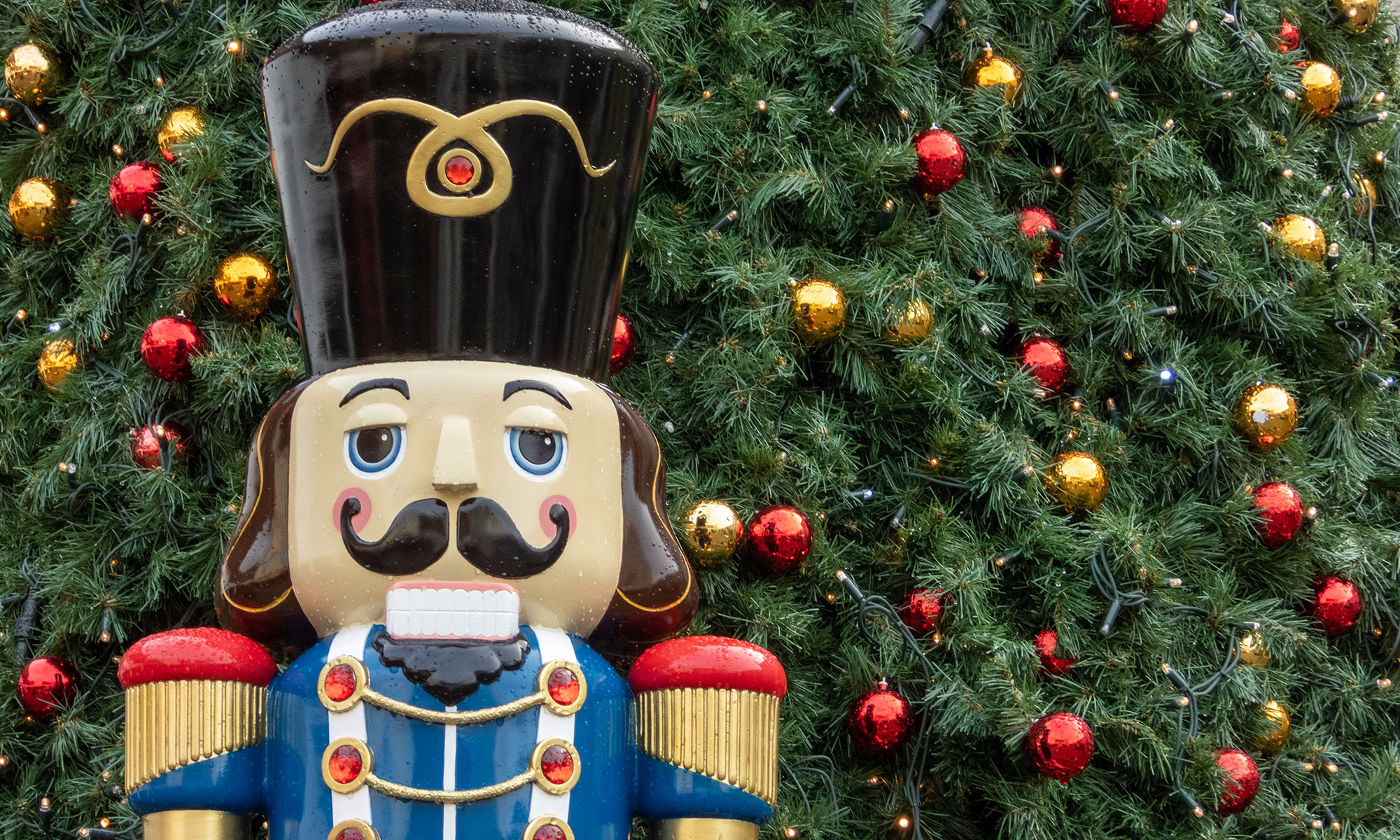As the holiday season approaches, households and businesses begin to brighten up their indoor and outdoor public spaces with various decorations, including Christmas trees with glowing lights, Santa figurines complete with sleigh and reindeer, and of course those hard-to-miss giant nutcrackers. These traditional Christmas figures have been common since the 19th century, and their creative design, colorful costumes, and grand size make them a centerpiece in any home or marketplace. The appeal of these imposing figures is undeniable, and there is no better addition to holiday cheer during this festive season. Here we will delve a little into the history of nutcrackers, their connection to Tchaikovsky’s famous ballet, and the quality of craftsmanship that goes into these iconic holiday figures, which have long captivated children and adults alike.
What Do We Mean by “Giant Nutcrackers”?

Let us first define our terms. In practical terms, the everyday nutcracker is a utilitarian kitchen implement designed to help anyone wielding the tool to easily crack the hard shells of walnuts, brazil nuts, hazelnut, and so on to gain access to the yummy “meat” contained inside. Such implements have a plain appearance, are relatively small, and are designed to be held in the hand.
In Christmas Fantasyland, on the other hand (think The Nutcracker ballet suite), such nutcrackers are at least as tall as a human, if not taller. That is what we mean by “giant.”
A Brief History of Nutcrackers
The first “artistic” nutcrackers were used to break open nuts in the 15th century, though it wasn’t until the 18th century that craftsmen began creating artistic wooden nutcracker figurines. The earliest known “artistic” wooden nutcrackers were made in the Erzgebirge region of Germany, where the figure quickly became associated with Christmas due to its popularity as a seasonal gift. In the 19th century, the classic nutcracker design that we know today, featuring a soldier in a colorful uniform, became popular in the region.
Tchaikovsky’s 1892 ballet, The Nutcracker, further cemented the connection between the nutcracker figure and Christmas. In the ballet, a young girl named Clara is given a nutcracker doll as a gift, which comes to life and takes her on a magical journey. The ballet has become a holiday classic, and many families make it a tradition to attend a performance during the Christmas season. Today, nutcracker figurines are available in a variety of designs, but the classic soldier design remains the most popular.
Creating nutcracker figures is a complex process that requires a high level of craftsmanship. The figures are typically made from wood, with each part carved by hand and then painted in bright colors and intricate designs. Some artisans also incorporate other materials into the design, such as feathers, fabric, clothing, and/or metal accessories. The finished product can be up to 6 feet tall or taller, making it a stunning centerpiece for any Christmas display.
 To get a sense of the sheer variety of nutcracker sizes and styles, just visit the Nutcracker Museum in Leavenworth, Washington. Founded by Arlene Wagner and her husband George in 1995, the museum houses over 7,000 nutcrackers as of 2020, many of them photographed and documented in her book, The Art & Character of Nutcrackers.
To get a sense of the sheer variety of nutcracker sizes and styles, just visit the Nutcracker Museum in Leavenworth, Washington. Founded by Arlene Wagner and her husband George in 1995, the museum houses over 7,000 nutcrackers as of 2020, many of them photographed and documented in her book, The Art & Character of Nutcrackers.
But to view what many consider the world’s largest giant nutcracker, you’ll have to head over to Roseburg, Oregon. Herr Woody Winterguard stands at over 40 feet tall and weighs more than 16,000 pounds. Around this time of year you can find him at River Forks Park as part of the Festival of Lights. And this giant nutcrackers isn’t just decorative; he’s functional! Here he is chomping on a coconut:
Giant Nutcrackers Reawaken the Fondest Memories of Youth
One of the reasons that giant nutcracker figures are so appealing as Christmas decorations is their ability to evoke a sense of nostalgia. For many people, the sight of a nutcracker figure instantly brings back childhood memories of the holiday season. The figures are also associated with the idea of protection and safety, thanks to their military uniform and traditionally stern expression. This makes them a popular decoration for both homes and businesses, as they can provide a sense of security for families, guests, employees, and customers alike.
In sum, giant nutcrackers have become a beloved Christmas decoration for many people around the world. Whether standing at the entrance of a home or guarding a business, these impressive figures have the ability to evoke a sense of nostalgia, provide a sense of protection, and add a touch of magical holiday charm to any display. While the process of creating them is complex and requires a high level of craftsmanship, the end result is a truly rmarkable work of art that is sure to delight anyone who sees it.

Christmas Night’s online store
P.S.: Christmas 2023 marks the bicentennial of the publication of the beloved holiday classic, Clement Clarke Moore’s A Visit from St. Nicholas, more commonly known as The Night Before Christmas. This season, consider reading aloud to your kids the 200-year-old poem with special enthusiasm!



